

Our Biosphere

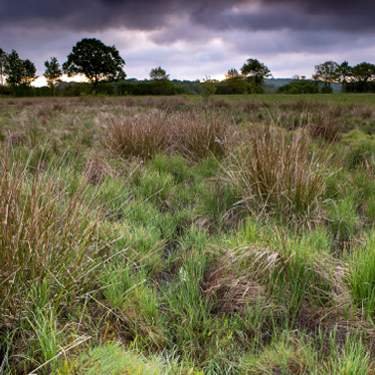


our biosphere
Minett unesco biosphere
promotes the conservation of biodiversity and sustainable development through citizen participation, education and research.
- Conservation: We contribute to the conservation of landscapes, ecosystems, species and genetic diversity.
- Development: We encourage economic and human development that is sustainable in socio-cultural and environmental terms.
- Logistical support: We support projects and activities relating to environmental education and training as well as research on and monitoring of local, regional, national and global issues linked to conservation and sustainable development.
Minett unesco biosphere
has officially joined the World Network of Biosphere Reserves as part of UNESCO’s Man and the Biosphere (MAB) Programme.
On 28 October 2020, Minett became a biosphere reserve recognised by the United Nations Educational, Scientific and Cultural Organisation (UNESCO). Luxembourg is now part of the scientific MAB programme which was first established in the 1970s. Currently, the total number of biosphere reserves is 738, spanning 134 countries. Thanks to a global network, they are able to exchange and share their experiences and skills.
More information
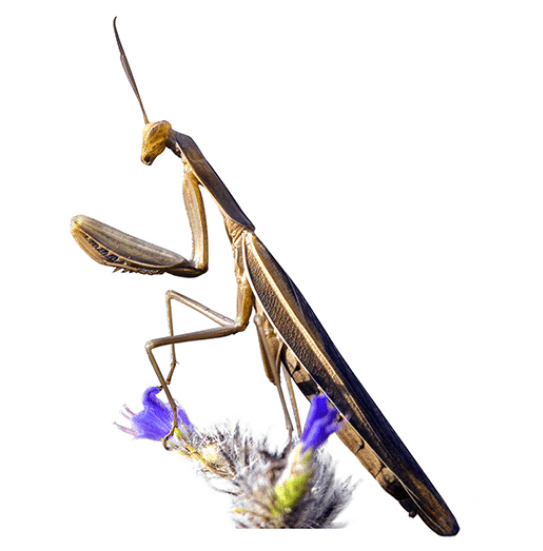
More information


Learning place
Minett unesco biosphere
A learning place for sustainable development

Minett unesco biosphere
A learning place for sustainable development
To be internationally recognised as a biosphere reserve, territories must have features that demonstrate the impact humans have on nature. These sites are used to test and develop methods that reduce the impact of socioeconomic activity on the environment and inspire collective action. By experimenting with new modes of regional management, biosphere reserves aim to redress the balance between humans and nature.
In Minett UNESCO Biosphere we can study the impact humans have on nature and the resurgence of nature in areas shaped by humans. The region was forged by industrial activity from the late 19th century through to the 1990s. The extraction through to the late 1970s and treatment of the iron ore known as Minett and the subsequent abandonment of the operation left its mark on the landscape. The region’s architecture, wastelands, mines and immigration reflects this. Today, this densely populated territory has recovered its biodiversity, features historical heritage in need of preservation and is the site of important urban renovation projects.


Geography

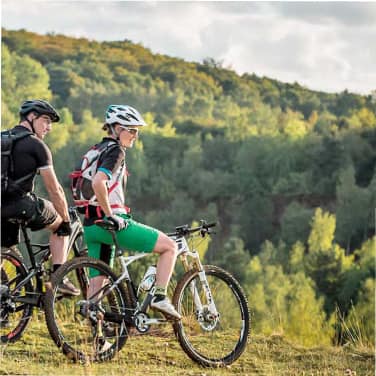
Minett unesco biosphere
A postindustrial region known for its cultural diversity, the originality of its heritage and the resurgence of nature in its open-pit mines
the territory of MINETT UNESCO BIOSPHERE is ...
-
11 municipalities:
Bettembourg, Differdange, Dudelange, Esch-sur-Alzette, Käerjeng, Kayl, Mondercange, Pétange, Rumelange, Sanem and Schifflange.
-
A region bordering France and Belgium.
-
Natural spaces protected on a national and communal level since the 1990s.
-
Governance bringing together local elected officials and technicians, state authorities, local associations, socio-economic actors and scientists.
-
94.788 jobs of which 51 % are held by cross-border workers.
-
Almost 7.000 headquarters.
-
Over 600 hectares of industrial wastelands being renovated in urban centres.
-
A changing urban region that is proud of its mining past.
-
Almost 150 nationalities and 45,23 % foreign residents.
-
An average density of 884 citizens/km2
-
Over 177.001 citizens (almost a third of the country’s population).
-
A surface of 200 km2
but still …
« Minett UNESCO Biosphere » features cuestas and a variety of landscapes and ecosystems; orchards, calcareous grasslands, lowland hay meadows, alluvial and ravine forests and wet Calthion meadows are home to fauna and flora that need to be preserved.
Mines and their man-made terraced landscapes are a prominent feature of the biosphere. Before they were sites of intense industrial activity. Today, they show that the impact people have on nature can also be positive. When the mines were shut down, a special type of flora and fauna started to develop there, including orchids, butterflies, bats, amphibians, lizards, reptiles and birds. This environment is surrounded by human activity which needs to be made more sustainable without expanding it in order to preserve these natural areas.
More information


Minett unesco biosphere
Has its own zoning to fulfill its functions as a biosphere reserve
Three zones to fulfill the biosphere reserve’s functions.
Core areas
These areas are designed to preserve important ecological features and functions and to restrict activities to research and monitoring. They only include former open-pit mining sites classified as nature reserves or NATURA 2000 zones. Often, the sites are close to urban areas. This is a sign of their industrial past; people built as close as possible to the mines.
Transition area:
The remaining surfaces comprise this area, which is the site of human activity. Characterised by different uses of the land, this is where people live and work.
Buffer zones
The activities in these areas must not disturb the protected zones. Their role is to minimise the negative effects of human activities on the core areas. The 26 buffer zones of our biosphere comprise the nature reserves and NATURA 2000 zones that do not feature former open-pit mines.
MORE INFORMATION


Goals

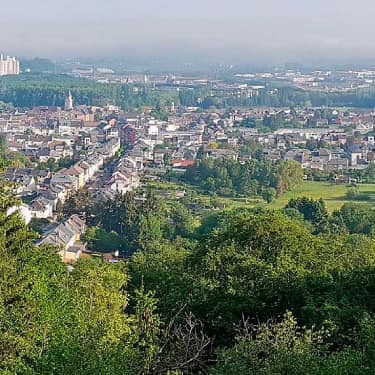
Minett unesco biosphere
A model for sustainable regional development
The main objective of the Minett UNESCO Biosphere is to create a regional concept and a shared vision for the development of the biosphere reserve.
We are notably working to:
- set up a research programme together with scientific regional partners;
- encourage education on sustainable development at primary school level and high school students and citizens’ active participation;
- promote and protect industrial, natural and cultural heritage;
- boost sustainable tourism;
- strengthen the regional identity and attractiveness of the South.
More information


Partners

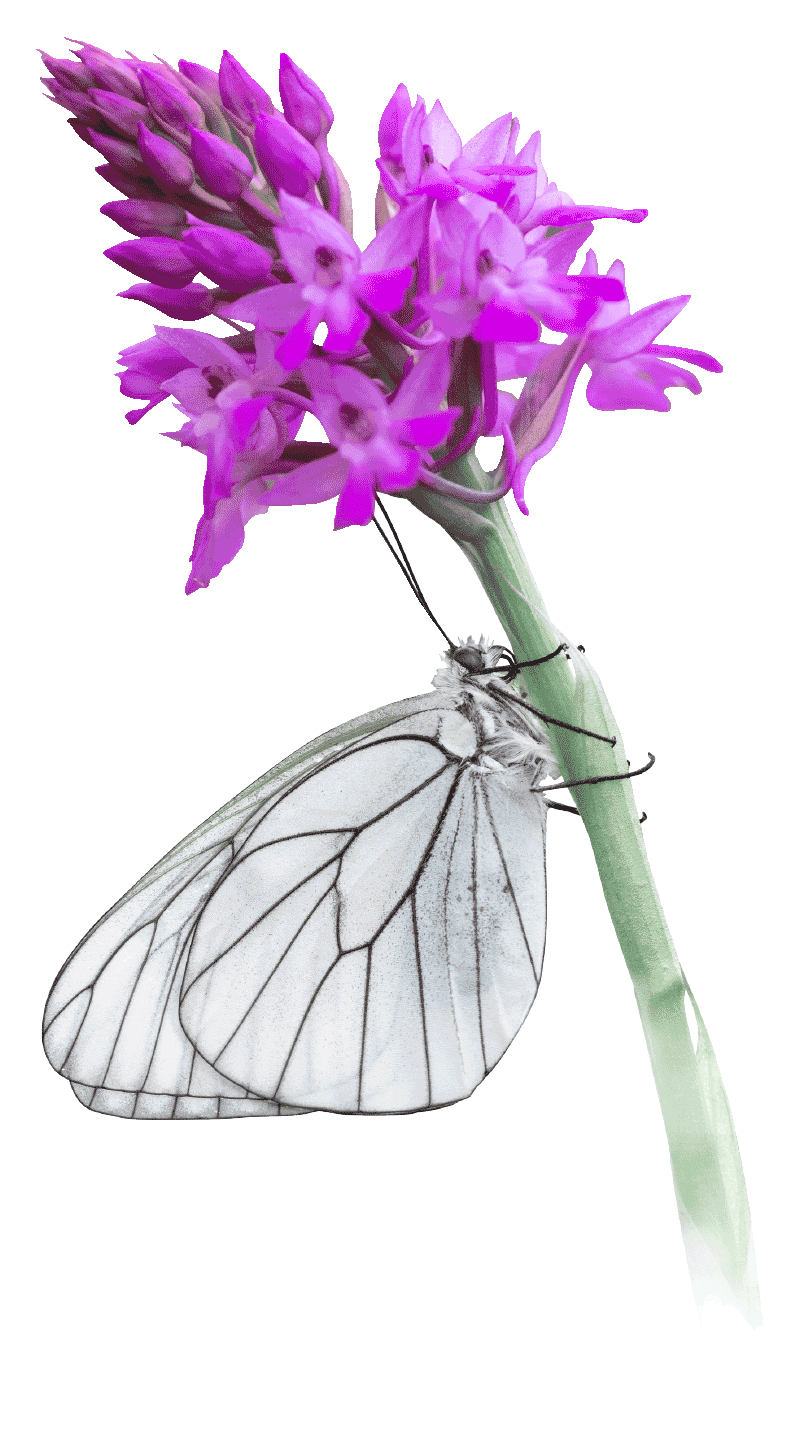
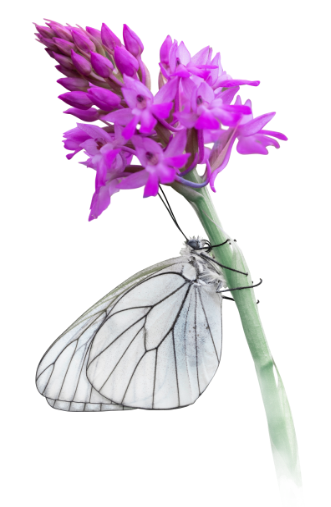
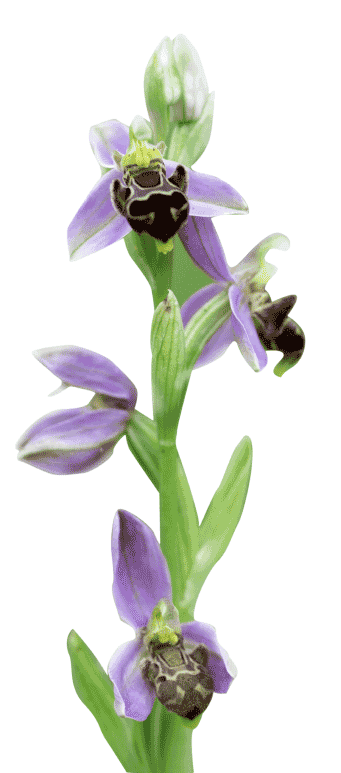

Minett unesco biosphere
A beginning that brought together different stakeholders
The idea of creating Luxembourg’s first biosphere reserve was born in 2016 and initiated by the Luxembourg Commission for Cooperation with UNESCO. With its mining history, the southern region immediately came to mind for the label, being particularly well suited for studying the relationship between humans and nature.
After several years of discussions, meetings and exchanges, the project gained the support of a number of political figures and started to take shape when the PRO-SUD syndicate unanimously agreed to coordinate the application of its eleven municipalities to the Man and the Biosphere (MAB) programme. The syndicate also volunteered to manage the future biosphere reserve. National authorities lent further support to the cause.
PRO-SUD set about preparing the application together with its partners. Their commitment led to the first actions being seen through. Citizen consultations were organised in each of the eleven municipalities, bringing together a total of almost 500 people. These synergies made it possible to finalise the application in good time and it was submitted in September 2019.
Minett unesco biosphere
A shared project
The PRO-SUD syndicate is in charge of managing the biosphere reserve, but it has many partners, including those who initiated the project of obtaining the UNESCO label, those who believed in it from the very start, those who contributed financially to realising concrete projects and those who have joined us over the years.
The partners in the development of the biosphere reserve are:
The Ministries of Energy and Regional Planning, Environment, Climate and Sustainable Development, Tourism.
- The eleven municipal administrations, members of PRO-SUD
- Inter-municipal unions
- Commissions of municipal councils
- Luxembourg Commission for Cooperation with UNESCO
- Administration of Nature and Forests (ANF)
- Water management administration (AGE)
- Inter-municipal union for the conservation of nature (SICONA)
- Natur&ëmwelt a.s.b.l.
- Emweltberodung Lëtzebuerg a.s.b.l
- National Museum of Natural History
- Regional Tourist Office (ORT)
- Industriekultur-Cnci Asbl (National Center for Industrial Culture)
- Mining Basin Foundation
- Cultural institutions (museums)
- Esch2022 European Capital of Culture
- CELL Center for Ecological Learning
- Minett Transition
- LIST
- LISER
- University of Luxembourg and research centers
- Local Initiative and Management Center (CIGL)
- Chamber of Commerce
- Chamber of Trades
- Schools, high schools, youth movements and youth centers
- Citizens, clubs and associations, artisans and farmers, the private sector and start-ups
